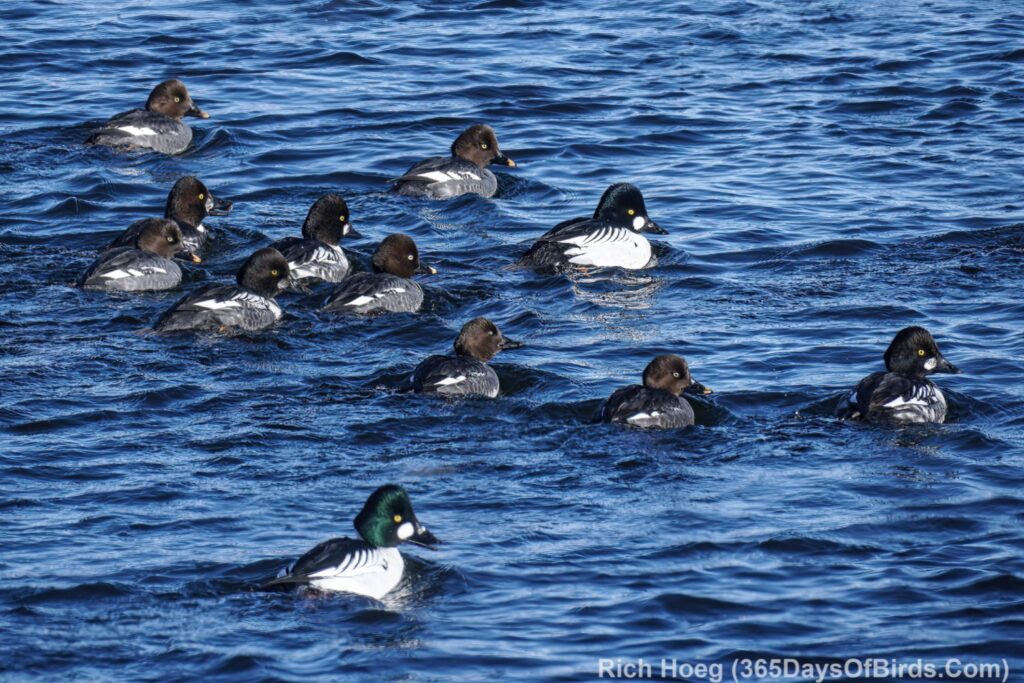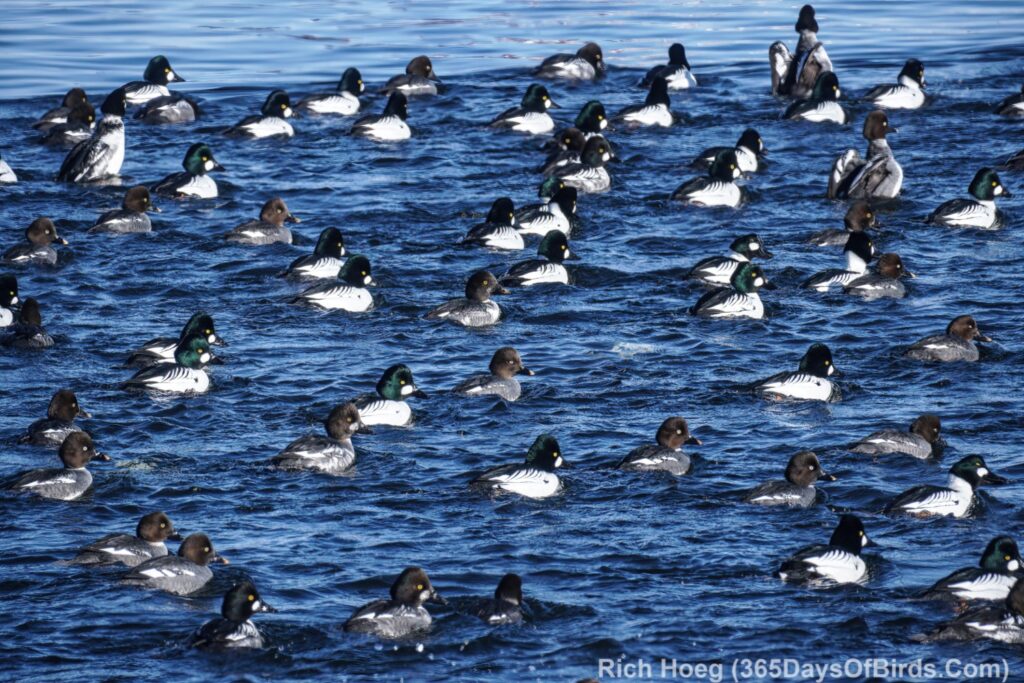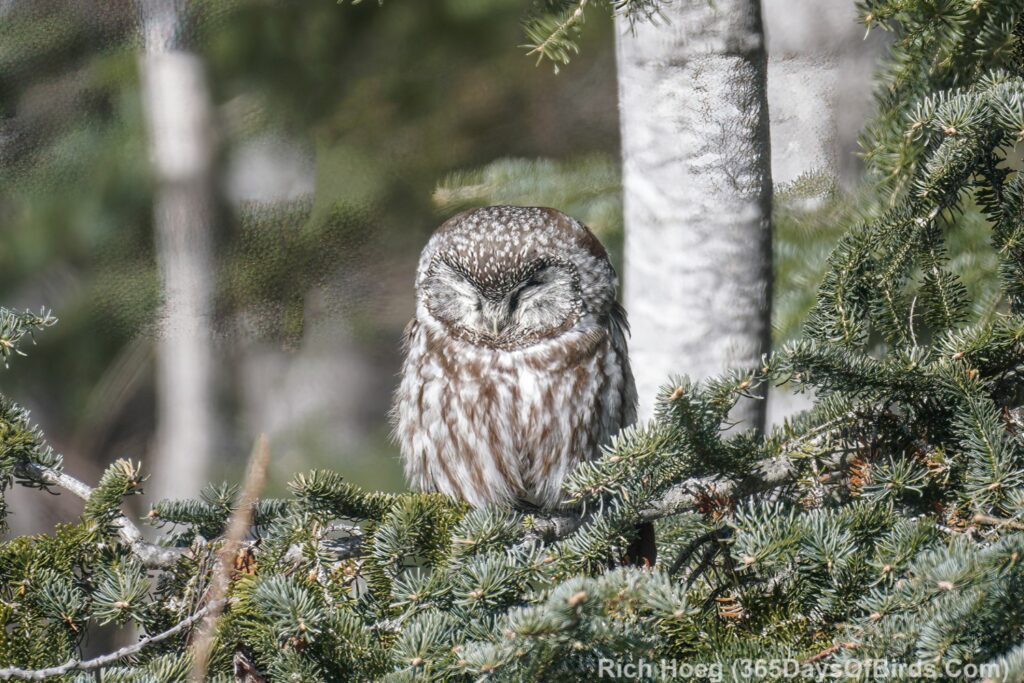Yesterday afternoon about 3 pm I paid a visit to Duluth’s biggest bird feeder, Canal Park. I to watch Goldeneyes and there was a flock of over 400 ducks feasting on the Zebra Mussels on the sides of the ship canal. This feasting continues as long as the canal stays ice free. I like late afternoon because the sun shines straight down the canal, and also gets in the duck’s eyes. As Goldeneyes spook very easily, the lower sun out of the southwest allows me to get closer to the birds. However, dress warmly. You will be out in the open and be bashed by the cruel winter wind.
Post update (next day): The Canal has iced over. Thus no ducks are present. Check the live Canal Park web cam. Sometimes wind conditions change enough to clear out the ice. Otherwise, the canal will be wicked in with ice till the Coast Guard beaks ice just prior to the shipping season opening. Canal Park webcam.
Make certain you watch this video … the Goldeneyes all reappear, and then disappear. Ducks moving to the right are finished eating. Ducks moving to the right are about to go find their meal. (video link for email subscribers)
Canal Park Golden Eyes

















